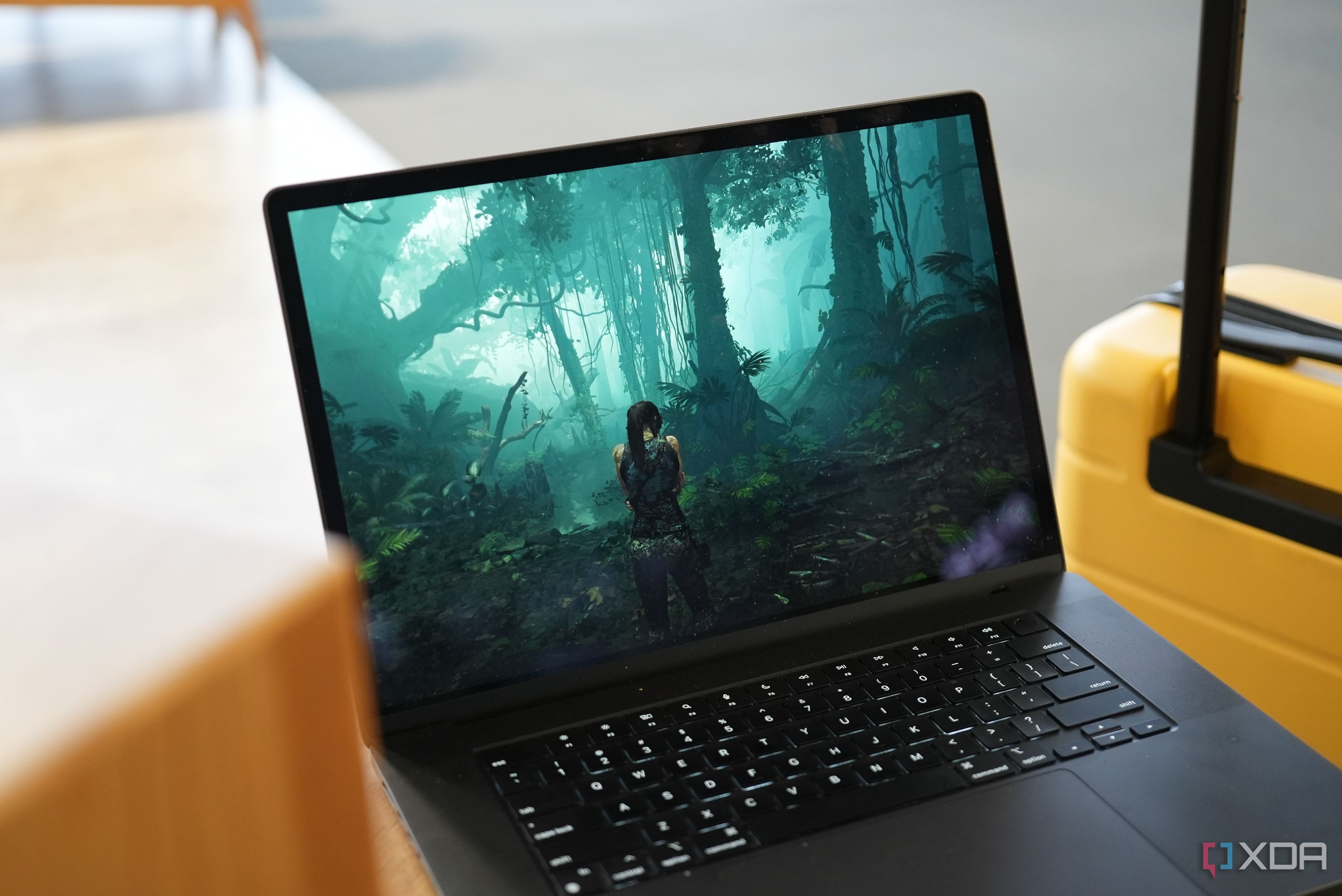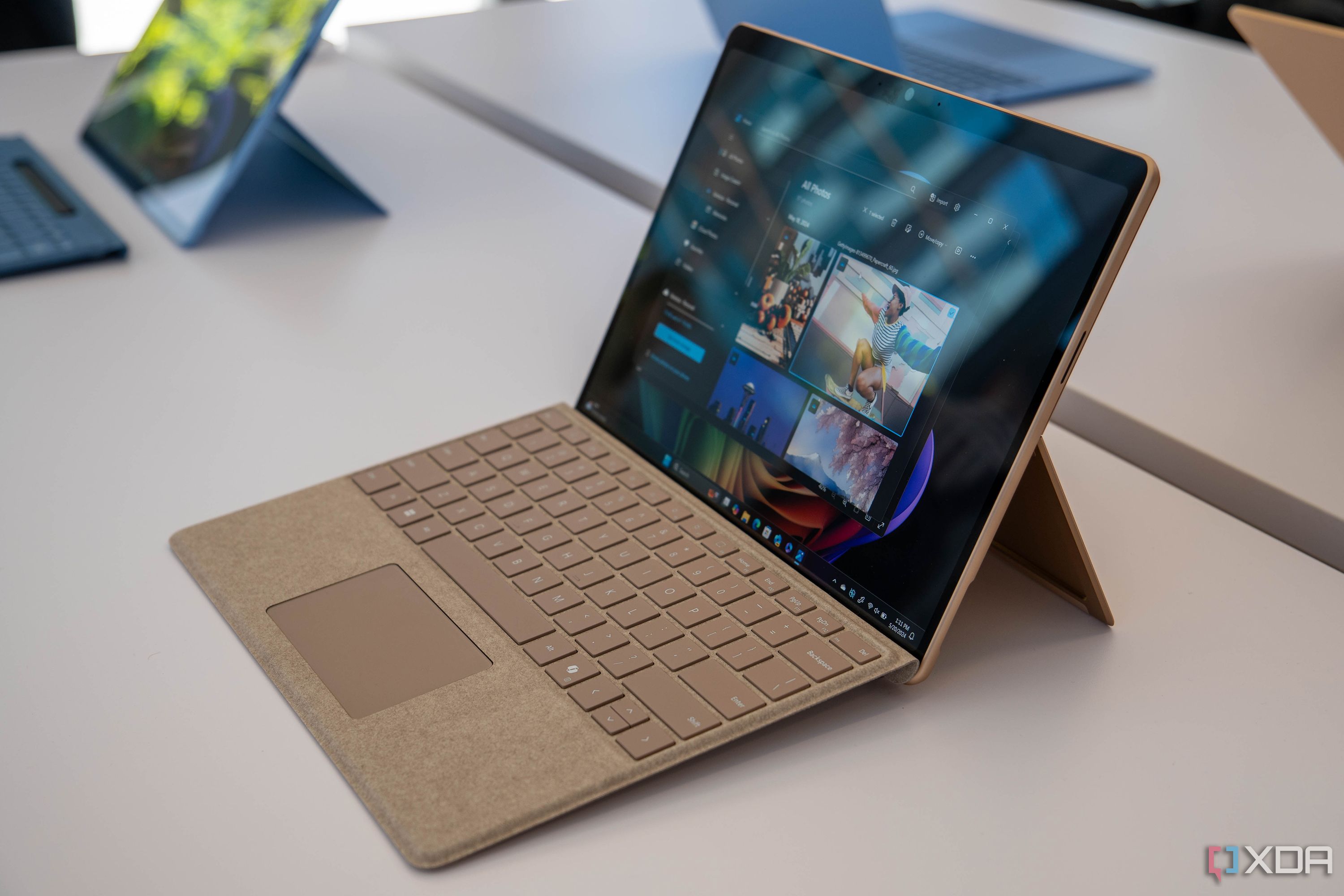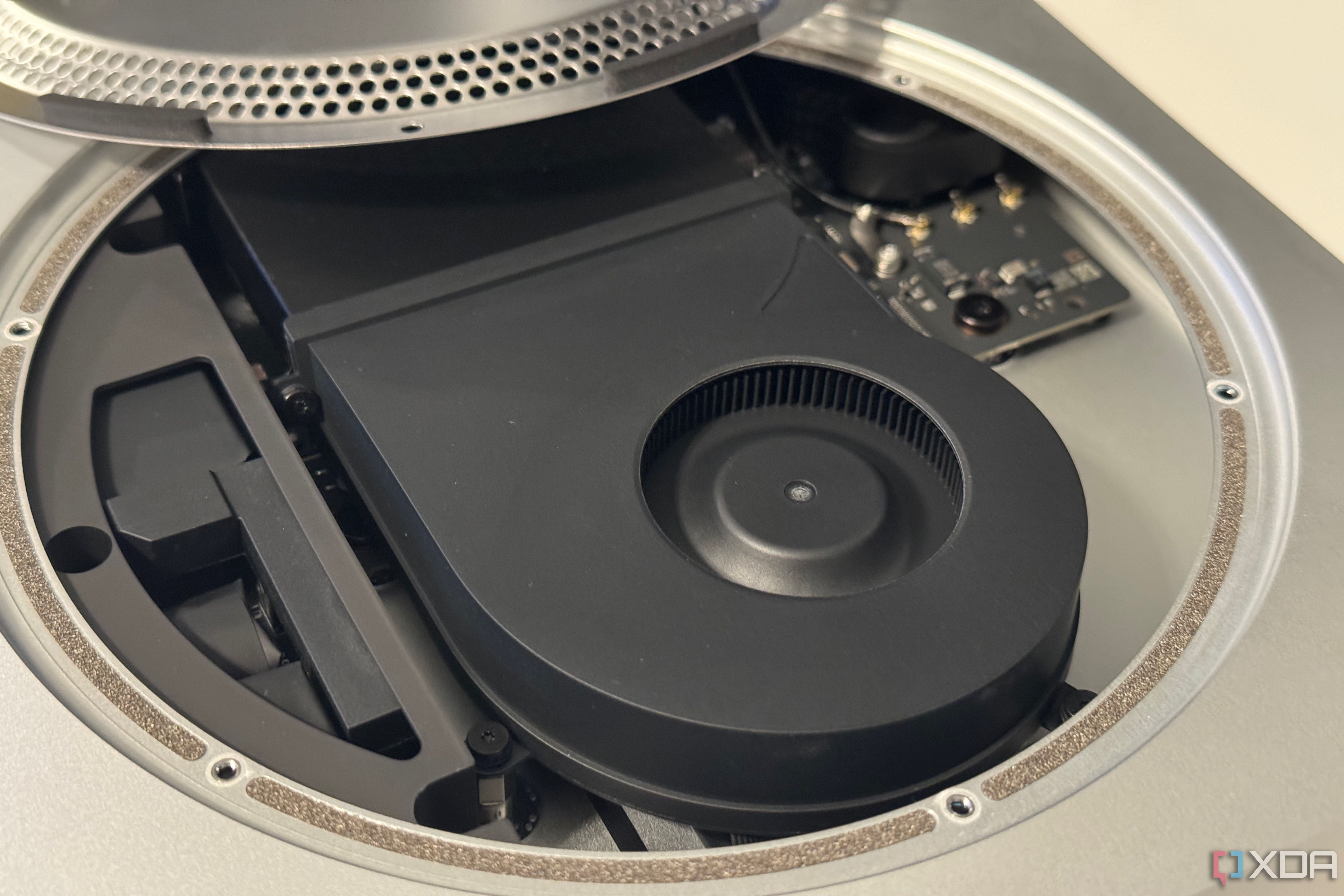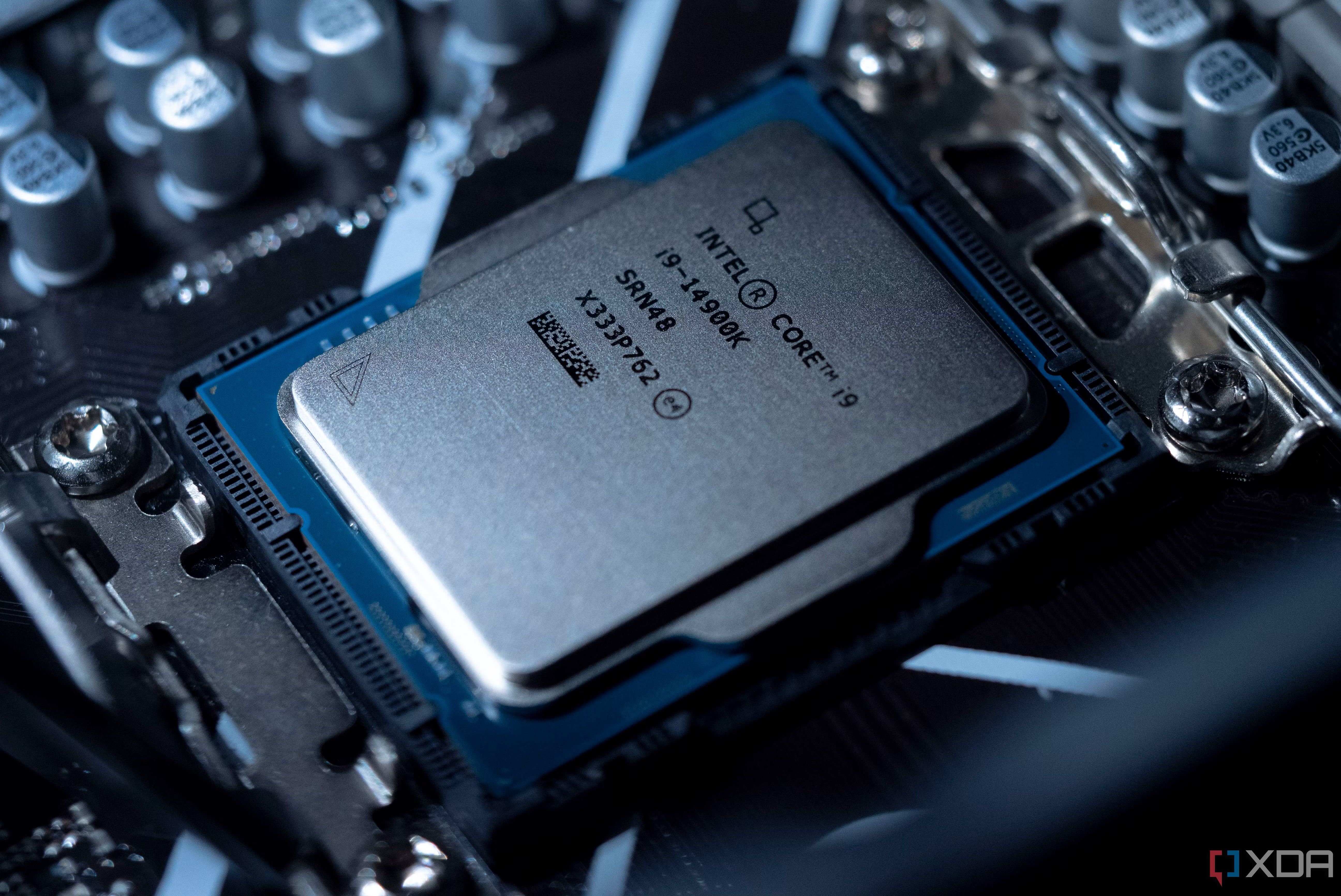x86 has been the primary architecture of PCs and servers over the last few decades, and yet, we’re starting to see a tangible shift towards something different. Arm is becoming more and more commonplace, with software vendors finally building their applications for Arm platforms on Windows with the release of the Snapdragon X Elite. Plus, Apple’s own shift towards Arm means that an entire segment of mainstream and professional machines are no longer using x86, too.
All in all, it might be fair to say that x86 is no longer the future of home computing, and there are a few reasons for that shift.
5
Arm is growing and evolving
It’s a very modern platform without the historical baggage of x86
Before anything else, the growth of Arm has been the catalyst in shifting away from x86. There hasn’t been another mainstream architecture that’s been able to bite at the heels of x86, and it’s been the go-to architecture of smartphones since their inception. In recent years, we’ve seen companies like Apple take the plunge too, proving it as a viable platform that can provide great performance and power efficiency.
Even on Windows, companies like Adobe and Google are finally building their applications for use on Windows on Arm, meaning that the platform is a serious contender for mainstream usage. Plus, both Apple and Microsoft have written translation layers that can run x86 applications on those Arm-based machines, either because the original applications aren’t updated yet or are old enough that they may never be.
At the start of Arm’s major rollout for both platforms, there were very few popular applicationst hat ran natively. Now that’s changed, and most people can take the plunge without needing to worry.
4
Arm is incredibly energy efficient
Arm is great when it comes to power efficiency, and there are a significant number of benefits to that. It means your devices use less power, which also means they generate less heat, and that means that devices with fans (like laptops) will have to use them a lot less. Plus, less power draw means longer battery life, and also means savings in your electrical bill, too.
Think about it: an Apple Mac Mini with an M4 Pro chip maxes out at 140W of power draw, and for most people, the capabilities it has are more than enough. In contrast, high-end PCs can use significantly more than that. You’re going to save quite a bit in energy costs, and the same goes for an Arm-based laptop. You’ll have full-day battery life that you don’t really ever see on x86-based machines.
Of course, Intel is challenging the assertion that Arm is more efficient than x86, but the truth is that even with Lunar Lake, Arm-based laptops are still doing significantly better. That may change over time, but the complexity of x86 as an architecture will be difficult to overcome. For x86, the instruction set itself is costly in a power sense, as the fetch, decode, and execution cycle is more complex on x86 than it is on Arm. Combining simple instructions into a single micro-op can also help, especially when it comes to reducing overheads. However, Arm’s RISC architecture is a massive advantage.
3
Developers are targeting Arm more and more
Most applications are native, now
Arm already had some believers thanks to software being developed in the smartphone world, but the shift towards Arm-based computing in laptops and PCs has pushed developers towards supporting the platform. In the case of Apple’s machines, developers only need to build for Arm these days, which in turn means some of the biggest software companies in the world are now ignoring x86 entirely when it comes to Mac.
This focus is clearly having an effect on the wider world of computing, as Microsoft’s shift towards Windows on Arm and Snapdragon X Elite came after Apple had already made the jump to Apple Silicon.
2
Arm is more flexible when it comes to designing chips
Companies can get licenses to do what they want with it
The internals of an M2 Mac Mini configured with 8GB of unified memory.
When it comes to designing a chip to power a laptop or a PC, there’s a lot of flexibiltiy that you wouldn;t necessarily find on x86. Not only can companies pull the Apple approach and integrate specialized engines on as part of the system-on-chip, they can even design their own chips if they get the appropriate license from Arm to do so. In contrast, x86 is controlled by Intel and AMD, meaning that companies have to use what they’re given, with no option for an alternative.
There are advantages to this centralized approach in x86, but the flexibiltty of Arm is part of why Apple’s Macs are so good at video editing. Custom decoding and encoding engines can be built into the SoC, and the Unified Memory Architecture (UMA) allows for the CPU, GPU, and media engines to share the same pool of bandwidth and low-latency memory. This is all designed by Apple, something that it couldn’t do when it was using Intel’s CPUs.
1
Intel has been giving x86 a bad reputation recently
Even if x86 isn’t synonymous with just Intel
While those who are tech enthusiasts know that Intel’s problems aren’t because of x86, I’ve seen numerous instances of people saying they want to get a Qualcomm laptop as Intel is seen to be problematic. Even though the company’s laptop CPUs have been by and large completely fine, and AMD has had no real issues of a similar nature, people can end up putting laptops in two camps. Those two camps are:
- x86 (which those people really see as “Intel”)
- Arm (which those people really see as “Qualcomm” or “Apple”)
As a result, as consumers learn that there are laptops out there with incredible battery life, and they see their favorite tech reviewer raving about the Snapdragon X Elite, it’s hard not to make the assumption that whatever the “other option” is, it’s not delivering what Qualcomm can.
Finally, with Intel continuously in the news for its failings and difficulties, some consumers might simply swear by Arm-based chips from now on, even if they don’t know that Arm is the underlying architecture. Most people don’t care what specs their laptop has, they just want it to do things they need it to do, and battery life is often at the top of anyone’s wishlist when it comes to buying a new laptop.






